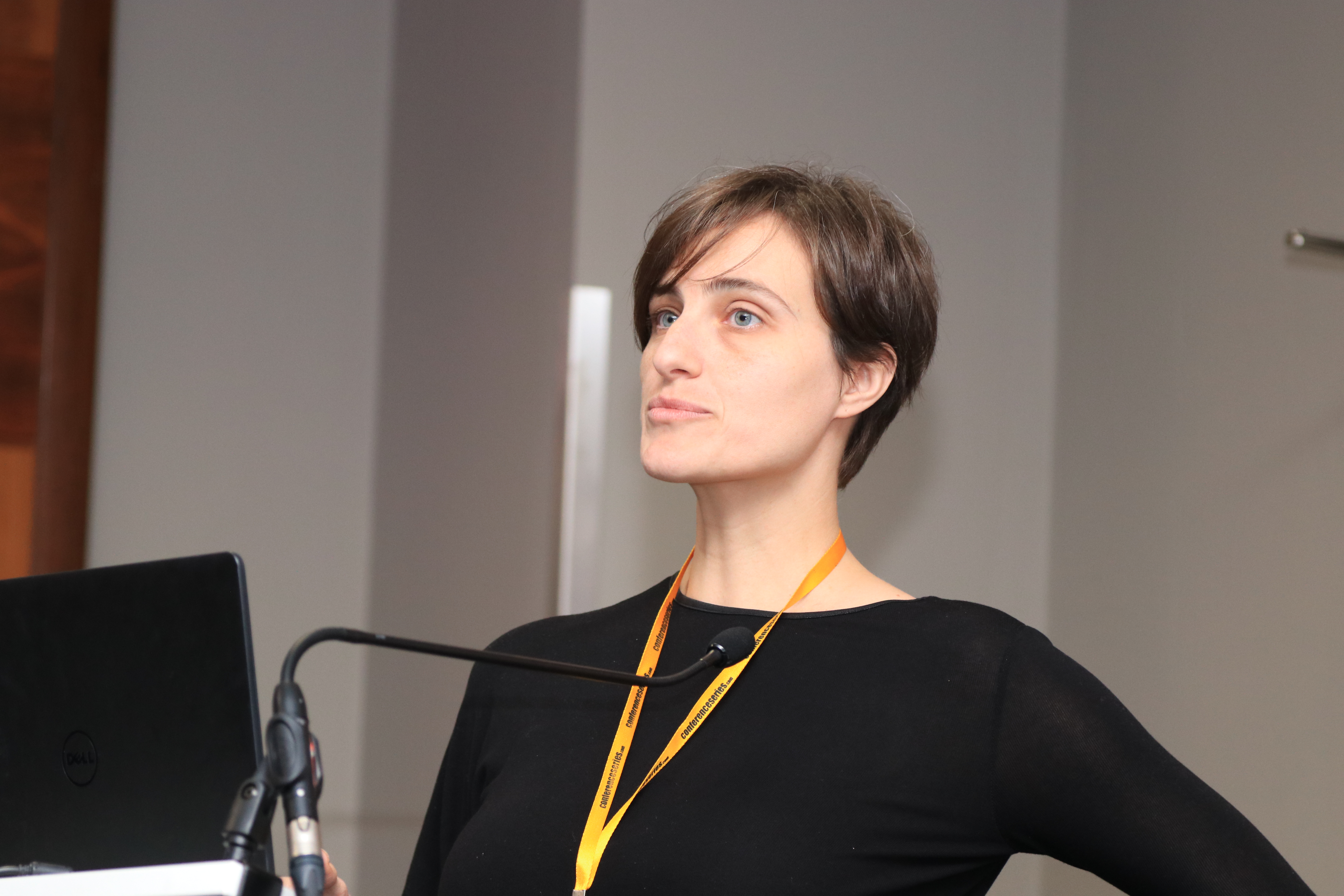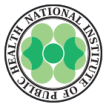Day 2 :
Keynote Forum
Toshiko Sawaguchi
National Institute of Public Health, Japan
Keynote: Latent Forensic pitfall associated with Substancial Toxicological Problem in the Maternal and Child Health in Japan
Time : 9:30 to 10:30

Biography:
Abstract:
Keynote Forum
Sinem Yildiz Inanici
Marmara University, Turkey
Keynote: Risk and Protective for child abuse and neglect among a representative sample of high school students in a district in Istanbul, Turkey

Biography:
Sinem Yildiz Inanici is presently working as Assistant Professor at Marmara University in Turkey
Abstract:
Keynote Forum
Natthawut Arin
Detection Strategies for Feigned Psychopathology: Test Development and Effects of Criminal Simulation Design on Symptoms Validity
Keynote: Detection Strategies for Feigned Psychopathology: Test Development and Effects of Criminal Simulation Design on Symptoms Validity

Biography:
Abstract:
Keynote Forum
Janet Marsden
University of Nottingham, UK
Keynote: Emotion processing and empathy deficits in antisocial personality disorder: A systematic review

Biography:
Abstract:
- Psychiatry and Behavioural Science | Psychosomatic Disorders | Psychopharmacology | Somatoform Diseases | Forensic Medicine | Forensic Mental Health | Anthropology | Victimology
Location: Johnson

Chair
George Tolomiczenko
University of Southern California, USA

Co-Chair
Samuel Ho
City University of Hong Kong, Hong Kong
Session Introduction
Toshiko Sawaguchi
National Institute of Public Health, Japan
Title: Latent forensic pitfall associated with substancial toxicological problem in the maternal and child health in japan

Biography:
Toshiko Sawaguchi,M.D.,Ph.D.,L.B.A Research Managing Director, National Institute of Public Health,Ministry of Health Labour & Welfare,Saitama,Japan since April 2017(Life Health Promotion,Maternal & Child Health)Visiting Professor, Showa University School of Medicine,Tokyo,Japan Forensic and PediatricForensic Pathology and Clinical Forensic Medicine for more than 25 years,child health and pediatrics for 10years.
Abstract:
Priyanka Patil
SUNY Upstate Medical University, USA
Title: A complicated presentation of acute psychosis in a young adult

Biography:
Priyanka Patil is a third year Psychiatry Resident at SUNY Upstate Medical University, Syracuse New York, USA
Abstract:

Biography:
Sinem Yildiz Inanici is presently working as Assistant Professor at Marmara University in Turkey.
Abstract:

Biography:
Tariq Allauddin Munshi is currently working as an attending Psychiatrist in the Department of Psychiatry at Queen’s University & has been given the rank of an Associate Professor. His current responsibilities are working with the Assertive Community Team; managing beds in the acute adult inpatient unit at Kingston General Hospital. His responsibilities in the department are administrative, research, teaching and providing clinical service. The areas of interest are newer antipsychotics, clozapine, metabolic syndrome, quality improvement and mental health act.
Abstract:
George Tolomiczenko
University of Southern California, USA
Title: Immersive virtual reality: A P4 framework for psychosomatic disorders

Biography:
George Tolomiczenko has experience as a Clinician, Researcher, Teacher and Administrator, which helps him in his Administrative Director role to guide and run the Health, Technology and Engineering program at USC (HTE@USC). After an interdisciplinary undergraduate degree at Caltech, he earned a Doctorate in Clinical Psychology at Boston University. As both a Scientist and Clinician working at medical institutions affiliated with Harvard University, his focus shifted to public health and policy issues involving homelessness and mental illness. In Toronto, his efforts were devoted to creating and funding programs and partnerships enabling disease-focused basic research, knowledge translation and adapting chronic disease models. He is now focused on developing USC’s interdisciplinary collaborative strengths applied to medical device and process innovation. He teaches courses designed to form and train teams linking engineering and medicine to create innovative and licensed technology and start-up companies.
Abstract:
Natthawut Arin
Chiang Mai University, Thailand
Title: Detection strategies for feigned psychopathology: Test development and effects of criminal charge simulation design on response styles

Biography:
Natthawut Arin completed his BS (Psychology: Clinical track), MA (Criminology & Criminal Justice) and PhD (Applied Behavioral Science Research) from University in Thailand. I used to be a clinical psychologist and work as forensic psychologist at Galya Rajanagarindra Institute (Government hospital for forensic psychiatric services), Mental Health Department, Ministry of Public Health for 15 years ago. I have more inspiration to conduct and continue doing the research in forensic psychology issue (e.g. risk assessment, criminal resposibility, malingering). Now, I am a lecture at Psychology Department of Chiang Mai University. And also teach in forensic psychology and criminal psychology subjects.
Abstract:
The structure and objectivity to detecting feigned psychopathology being extremely require of forensic setting in Thailand. The Thai version of malingering test (Th-MT) was developed as the first test to reduce the obstacle to language and suitable to Thai context. This initial test was developed based on two broad detection strategies; unlikely and amplified detection strategy (Rogers, 2008). Moreover, the effective sub-detection strategies of the most popular malingering tests including; SIRS, SIMS and M-FAST (Rogers, Bagby, & Dickens, 1992; Smith & Burger, 1997; Miller, 2001) were combined. The 518 samples were collected from nonclinical (undergraduate students, n=421) and clinical samples (psychiatric patients, n=97). The result revealed: 1) In study one, the two detection strategies model supported by confirmatory factor analysis was used to analyze; unlikely detection strategy (two subdetection strategies; Rare Symptoms and Symptom Combinations were loaded), while the three sub-detection strategies of amplified detection strategy were not totally supported (Extreme Psychopathology, Over Negative Self-Image and Suggestibility & Over-report). The combination of Over Negative Self-Image and Suggestibility & Over-report to new strategy called Over-report was reached to goodness-of-fit indices. Furthermore, this Th-MT possesses good internal consistency. 2) Using a simulation designed in study two, one group of simulators asked to feign psychopathology to avoid criminal prosecution of homicide charge (Simulator students, n= 45) were compared with two control groups asked to reply to questions honestly (Honest students, n= 45 and Honest psychiatric patients, n= 45). The results indicate that the mean scores of the Th-MT for simulator students were significantly higher than those of both honest students and honest psychiatric patients. Conclusions, the Th-MT has good psychometric properties of a detecting feigned psychopathology tool and to reliable screen for malingered psychopathology.
Matthew Rinaldi
King’s College London, UK
Title: Emotionally unstable personality disorder and psychosomatic problems

Biography:
Matthew Rinaldi is a core Trainee Psychiatrist on the Maudsley training programme. He has interests in psychosomatic conditions, the psychotherapeutic understanding and multi-disciplinary management of them. A trainee who works for bottom-up service improvement, his work stems from under-researched problems that he encounters in clinical practice.
Abstract:
Per-Goran Kruger
University of Bergen, Norway
Title: Are mast cells the key to multiple sclerosis (MS)?

Biography:
Per Goran Kruger, professor emeritus . Studied biology in Bergen, Norway on mast cells in the brain of wake and hibernating hedgehogs. Studied the mechanism of histamine secretion from mast cells at Karolinska institute Stockholm, Sweden and at Inst. of pathology in Seattle, USA. In the seventhies he opposed to the planned fluoridation of Norwegian drinking waters (Which never started after that). Last 30 years engaged in multiple sclerosis and points to the obvious connection to mast cells. Received students price for not using power point when teaching cell biology and histology
Abstract:
Samuel Ho
City University of Hong Kong, Hong Kong
Title: The relationship between memory bias and anxiety

Biography:
Samuel M Y is the Associate Provost (Institutional Initiatives) and a Professor of Psychology at the City University of Hong Kong. As a Registered Clinical Psychologist, his research interest is in Psychopathology, especially etiology of anxiety and depression. Currently, he is conducting a series of experiments to examine the relative roles of positive and negative cognitive processing styles in anxiety and depression. He is one of the representative figures of Positive Psychology in Asia. He is the Executive Council Member of the Clinical Divison of the International Positive Psychology Association.
Abstract:
Nasheed Imtiaz
Aligarh Muslim University, India
Title: Impact of parenting style on physiological empowerment and academic achievement

Biography:
Nasheed Imtiaz completed her Masters degree in Psychology from the Aligarh Muslim University 1996 and Ph.D. in 2000 in Organizational Behavior from the same Department. She did Diploma in Business Management from Institute of Charted Financial Analysts of India University, Tripura. Qualified Net in June 1997, June 1998 & Dec 1998. She taught at Senior Secondary School (Girls) for Two Academic Sessions and there after she joined the department of Psychology as Lecturer in 2002. At present she is teaching in the capacity of Assistant Professor in the department of Psychology. She has a no. of research publications in reputed journals. She has also been invited by different institutions to deliver invited lectures. She also has attended no. of National /International seminar/conferences where she presented research papers. At present She is devoted to her specialized area of Organizational Behavior, HRD, HRM in addition to her fields of interest viz., cognitive psychology, Psychopathology & research Methods.
Abstract:
In this modern competitive age, one must be careful about children’s psychological empowerment and academic achievement which is most likely to be determined by parenting style. It is imperative to dwell upon the fact that each parent must be cautious with regard to rearing practices that may make them capable for accepting challenges of life with full confidence, competency and efficacy, so that they could handle and master all situations easily. Hence, it is a pressing demand of time that we must deliberate on and search for best parenting style which could be most appropriate for developing psychological empowerment and getting success in their academic endeavors because these two aspects viz., psychological empowerment and academic achievement are the hall mark for the success in life. Hence, present investigation was undertaken to explore the impact of parenting style on psychological empowerment and academic achievement. In this investigation, N=300 high school students were chosen from Delhi and NCR. After administering the test on the participants and analyzing the data the results have been discussed in detail in full length paper in the light of Indian socio-cultural milieu.
Nasheed Imtiaz
Aligarh Muslim University, India
Title: Impact of parenting style on physiological empowerment and academic achievement

Biography:
Nasheed Imtiaz completed her Masters degree in Psychology from the Aligarh Muslim University 1996 and Ph.D. in 2000 in Organizational Behavior from the same Department. She did Diploma in Business Management from Institute of Charted Financial Analysts of India University, Tripura. Qualified Net in June 1997, June 1998 & Dec 1998. She taught at Senior Secondary School (Girls) for Two Academic Sessions and there after she joined the department of Psychology as Lecturer in 2002. At present she is teaching in the capacity of Assistant Professor in the department of Psychology. She has a no. of research publications in reputed journals. She has also been invited by different institutions to deliver invited lectures. She also has attended no. of National /International seminar/conferences where she presented research papers. At present She is devoted to her specialized area of Organizational Behavior, HRD, HRM in addition to her fields of interest viz., cognitive psychology, Psychopathology & research Methods.
Abstract:
In this modern competitive age, one must be careful about children’s psychological empowerment and academic achievement which is most likely to be determined by parenting style. It is imperative to dwell upon the fact that each parent must be cautious with regard to rearing practices that may make them capable for accepting challenges of life with full confidence, competency and efficacy, so that they could handle and master all situations easily. Hence, it is a pressing demand of time that we must deliberate on and search for best parenting style which could be most appropriate for developing psychological empowerment and getting success in their academic endeavors because these two aspects viz., psychological empowerment and academic achievement are the hall mark for the success in life. Hence, present investigation was undertaken to explore the impact of parenting style on psychological empowerment and academic achievement. In this investigation, N=300 high school students were chosen from Delhi and NCR. After administering the test on the participants and analyzing the data the results have been discussed in detail in full length paper in the light of Indian socio-cultural milieu.
- Poster Presentations




